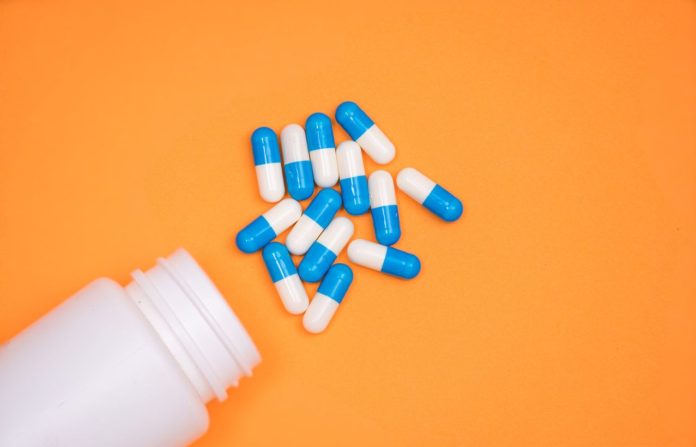London– Researchers have found that an experimental drug called Quisinostat may stop tumour regrowth by increasing the amount of a protein called histone ‘H1.0’ within the tumour cells.
This protein stops the cancer cells from replicating and so the tumour from growing.
According to the study, published in the journal Nature Communications, the drug could stop tumour regrowth after initial treatment in live mice, and prevent the expansion of surviving human cancer cells in culture.
One of the biggest challenges in cancer research is preventing cancer returning in patients who have already had treatment. A reason for these relapses is that some cancer cells survive and are able to grow into a new tumour.
“This drug works by disabling the cells that fuel long-term cancer growth and drive disease relapse. These early findings even suggest it may be more effective than commonly used drugs that inhibit tumour growth,” said study lead author Cristina Morales Torres from Francis Crick Institute in the UK.
When the research team tested the drug on tumours in mice, it halted tumour growth. And, when it was tested on cells taken from patients with breast, lung or pancreatic cancer, the cancerous cells were trapped in a non-dividing state.
Importantly, this early work also suggests that Quisionostat could impact cancerous cells while leaving healthy cells unharmed.
“Just like stem cells that continuously produce progeny to keep our normal tissues healthy, cancer cells grow, divide and use energy. That’s why finding a potential drug that halts tumour growth without hurting normal cells has been a challenge. Excitingly, with Quisinostat, we’ve seen no harm to healthy stem cells in our initial studies,” said study co-author Paola Scaffidi.
The researchers hope that if proven to be effective in further tests and clinical trials, this drug could be given to patients after treatment to prevent any cancerous cells left behind from driving disease relapse.
The effect of Quisinostat does not depend on how cancer cells survived treatment, something that varies from patient to patient, and across cancer types, and could have a potentially broad therapeutic benefit, they said.
The next step for these researchers will be to understand why Quisinostat has a different effect on healthy and malignant cells and whether histone H1.0 can tell us what makes a cancer cell distinct from a stem cell.
“Further research is still needed to confirm whether this drug could prevent cancer from coming back in people or if it could be used to control someone’s disease long term,” Torres noted. (IANS)
















